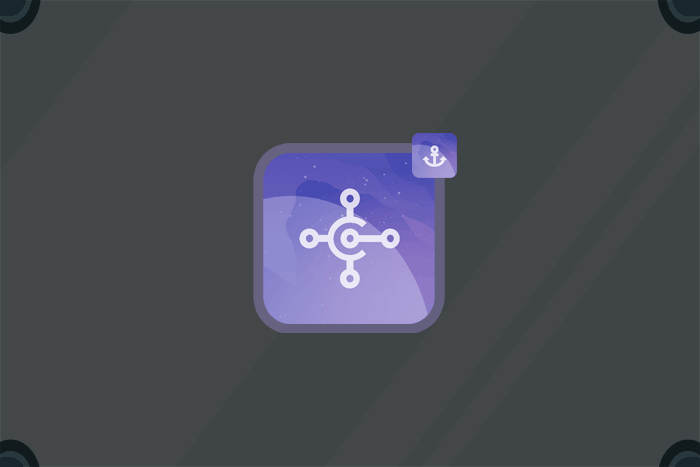
Unfortunately, many businesses don’t realize just how expensive bad integrations can be until it’s too late. On the surface, that quick script or manual data import might seem harmless. But over time, these “quick fixes” turn into hidden liabilities that make your organization dependent on individuals, inefficient, and slow – leeching off your organization’s growth and innovation potential.
The Real Cost of Bad Integrations
Consider this: A customer churns because onboarding and connecting your software to their ERP took too long. A sales rep loses a deal because the CRM doesn’t have updated product usage data. Your support team wastes hours chasing down data from other tools, all while customers have to wait patiently. These aren’t just inefficiencies; they’re clear cases of lost revenue.
Poor integrations often create:
- Data silos that reduce visibility and decision-making accuracy
- Increased support volume from issues caused by outdated or incorrect data
- Engineering distractions caused by building and maintaining one-off integrations
- Higher churn rates from customers who expect seamless connectivity
Over time, these costs compound into significant business risk.
iPaaS to the Rescue
An iPaaS addresses the previously mentioned problems at the root. By providing a central, scalable platform to manage integrations, companies can eliminate data silos, reduce support incidents, and deliver a coherent customer experience. Modern iPaaS platforms also offer built-in error handling, retry logic, authentication support, and observability.
Scale and Flexibility
Whether you’re onboarding customers into your SaaS or automating internal processes, scalability matters. An iPaaS with prebuilt connectors and customizable flows ensures you’re never starting from scratch. But when you do need something bespoke, like a unique authentication flow or custom logic, the smoothest solution is to use a low-code editor or custom DSL to get the job done efficiently.
When integrations are fast, reliable, and scalable, they stop being a cost and become a competitive advantage. You onboard customers faster, reduce churn, and free up developers to focus on your core product, not infrastructure plumbing.




